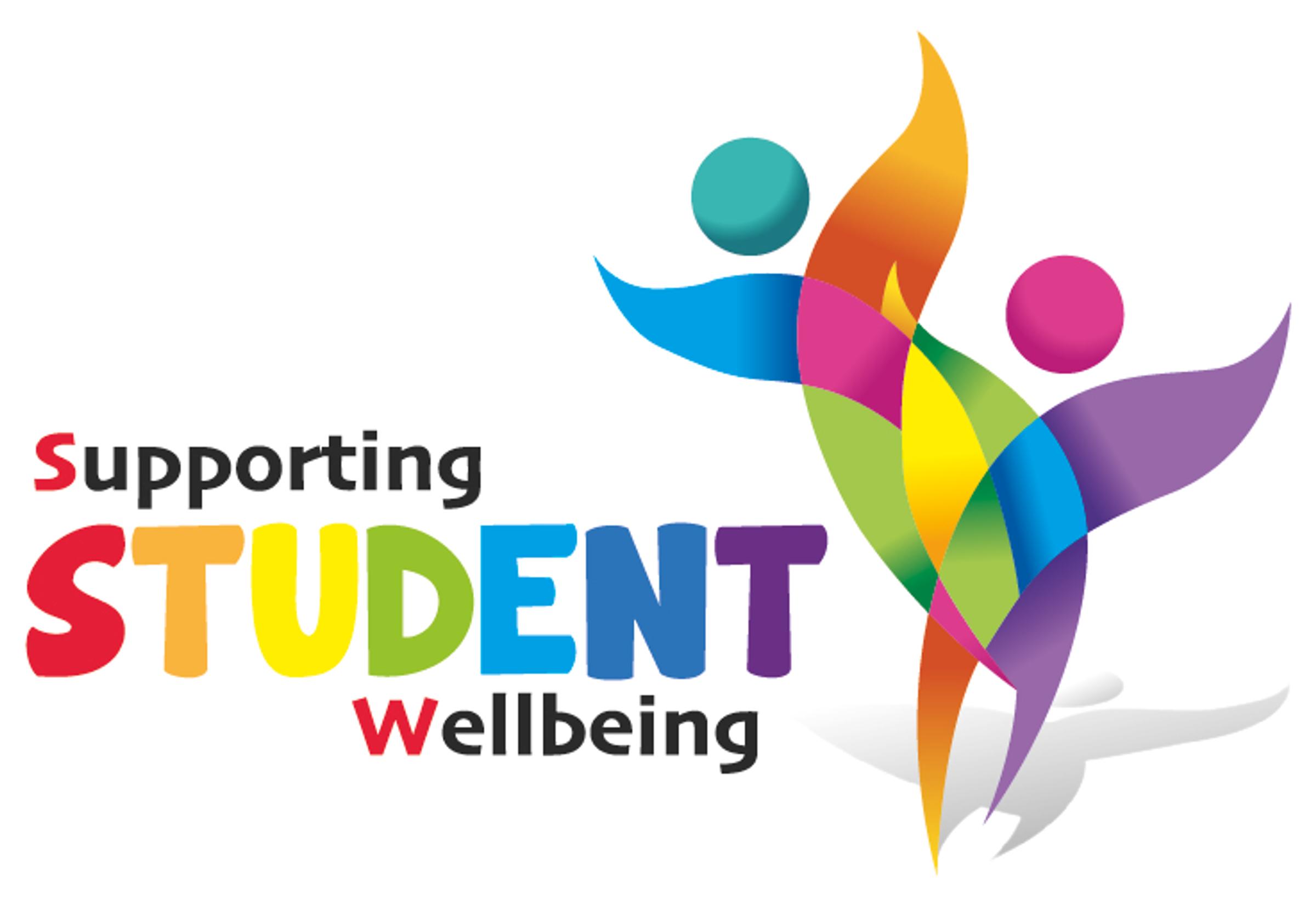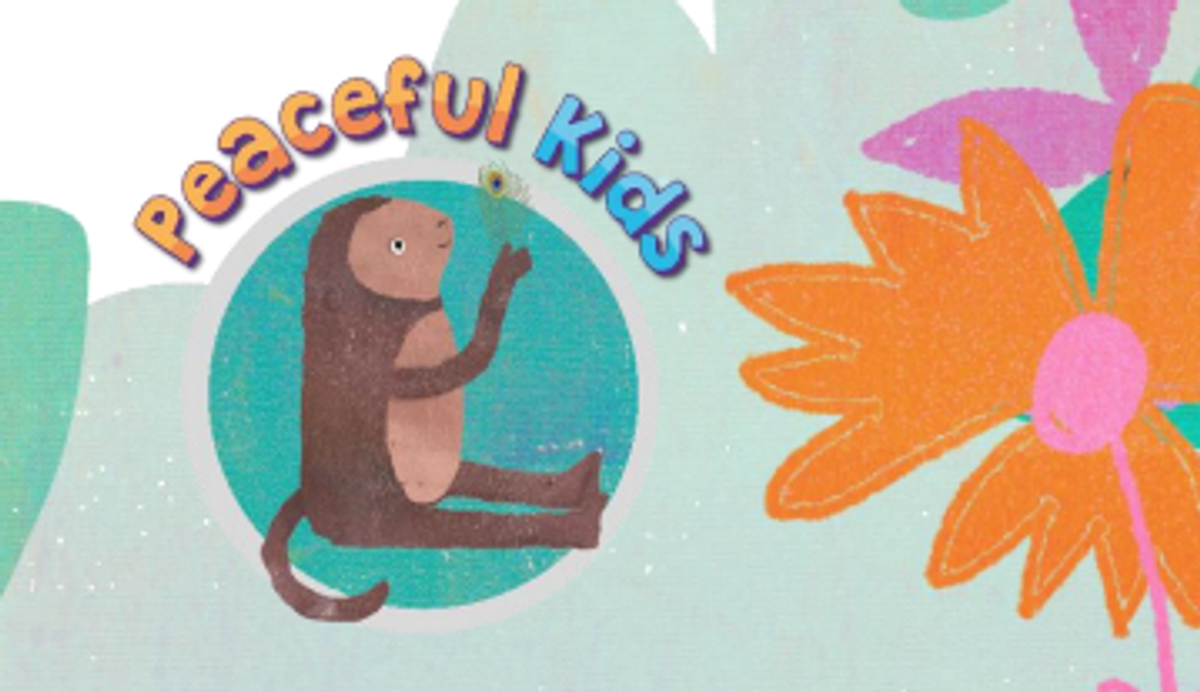Wellbeing

Help Seeking:
Our Foundation - Grade 4 students are focusing on Help Seeking through the support of the Respectful Relationship resouces.
In the Help Seeking chapters learning activities are designed to help students discuss the importance of seeking help and providing peer support when dealing with problems that are too big to solve alone. This helps to normalise and destigmatise help-seeking behaviour. Scenario-based activities help students identify situations in which help should be sought, identify trusted sources of help, and practice seeking help from peers and adults.
Some problems are too big to solve alone.
It’s ok to ask for help.
We explore different situations where we look at:
- when to seek help
- who we can trust to ask for help.
We practise seeking help from peers and adults. It'd be great if you chatted with your child about who their trusted adults are that they go to when they have a problem.
In turn when we are that trusted adult of a child we need to remember a few important points:
-Listen without interrupting
-Validate the child's feelings
-Reflect with them if there needs to be action, just talking about it may be enough
Empower them in the solution to the problem, don't rush in and solve it for them.
Georgina Manning's thoughts of Reflective Listening when our child seeks help.
Give emotional support through reflective listening
• Children need at least one person in their life that truly understands howthey are feeling. Giving emotional support starts with reflective listening where we truly hear and understand how a situation is, how they are feeling and how it is impacting on them. Often, we are quick to step in and offer solutions to help comfort but what they really need is to know thatyou understand. Research shows that even just helping children to label an emotion is enough to lessen the stress response and decrease anxiety.
• So how do you do reflective listening? When a child talks to you about something, truly listen to what they are saying without jumping in with advice, comments, solutions and judgements and emotional reactions. Keep your own perception around the issue separate and just hear what they are saying and listen out for the emotion they are expressing.
Keeping your own emotions in check is also important, as this is about the child and their feelings. Reflect back what they have said but summarising the content and the emotion e.g. ‘so you had a really tough day today and you felt really hurt by your friends.’ Children will soon let you know if this summary is in the ball park of how they are feeling and what happened. Don’t worry about getting it all right, it’s the intent that counts. Children know when people are really listening and trying to understand their situation.
• Once you reflect back how they felt and what happened, then they will most likely share more of what they feel and what happened. This can be a real challenge for both teachers and parents, as it’s so easy to fall into the trap of problem solving for children to ease their pain however to ease emotional suffering, children need to first express their feelings in the arms of someone who cares. Once all feelings are expressed, then it’s time to help children solve the problem (if there is something to be solved) and this can be done by encouraging them to develop effective problem-solving skills to build their resilience.

